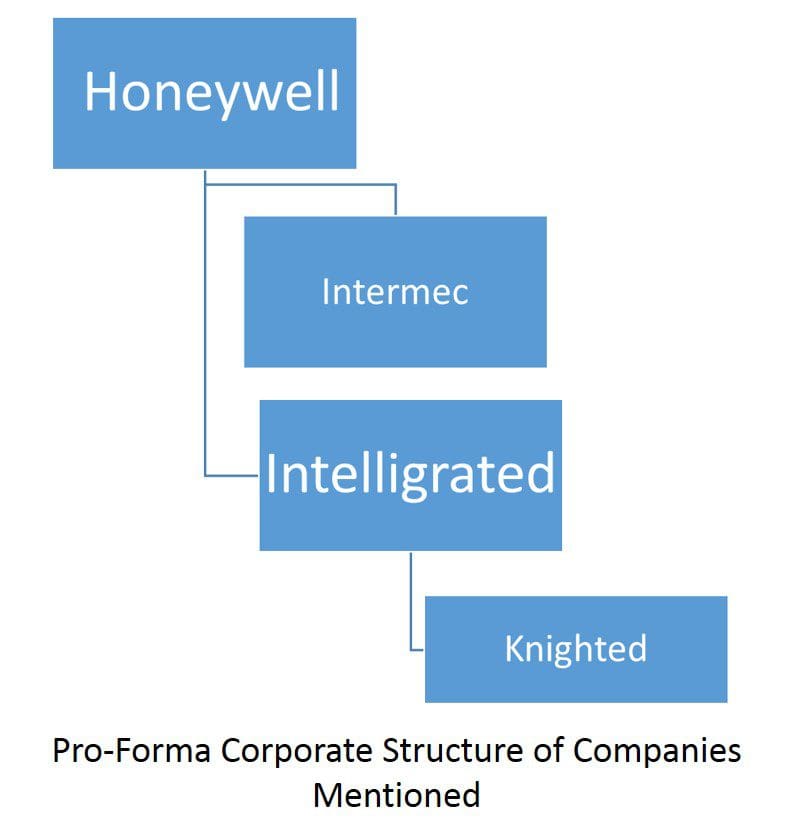 Material handling equipment (MHE) has been around a long time. But, it’s never been more popular. Companies look to automation now (more than ever) to improve throughput while bridging the labor gaps affecting so many warehouses and industries. Fixed automation such as conveyors, sortation, and storage systems are proven solutions within their respective wheelhouses. Warehouse robotics hold great promise for more complex and variable operational needs. These technologies continue to grow in popularity, broaden their applications within the warehouse, and are becoming more affordable.
Material handling equipment (MHE) has been around a long time. But, it’s never been more popular. Companies look to automation now (more than ever) to improve throughput while bridging the labor gaps affecting so many warehouses and industries. Fixed automation such as conveyors, sortation, and storage systems are proven solutions within their respective wheelhouses. Warehouse robotics hold great promise for more complex and variable operational needs. These technologies continue to grow in popularity, broaden their applications within the warehouse, and are becoming more affordable.
There’s a third technology that’s just as important to an automation technology stack as robotics and other MHE, but isn’t always top-of-mind. Have you guessed it? If not, you’re not alone.
Recently, we spoke with over 150 companies to do research and discovery about warehouse automation adoption. Of those that have already implemented MHE inside the warehouse, only 7% included a warehouse control system (WCS) from their MHE vendors. Slightly better, 11% of businesses acquired a third-party WCS, while 31% never considered a third-party WCS to compliment the hardware.
In short, WCS is not top of mind in material handling projects. But, that’s going to change.
In our conversations, the top issues with automation implementations are downtime and software integrations issues. These obstacles and other challenges lead to many organizations reporting mixed opinions on automation. To be clear, this is not a functionality issue per se. MHE checks all the boxes. However, just like most machines, the hardware needs help from software to perform complex tasks.
WCS
WCS brings specific capabilities to warehouse automation systems you won’t find anywhere else. My colleague, Sean Elliot, goes into greater details about WCS and the “automation-aware” warehouse management system (WMS) in his Logistics Viewpoints piece. To summarize, warehouse control systems act as air-traffic control interfacing between the WMS and automation hardware.
Functionality varies based on the provider. For example, some WCSs are “hardware-agnostic,” meaning that they integrate with any MHE from any manufacturer, while other WCSs integrate only with specific MHE hardware. For most WCSs, the value proposition is that this software layer allows automated systems to “talk” to each other as well as the WMS. This communication ensures inventory flows with minimal interruption and limited manual intervention.
Operationally, a WCS can direct inventory through the path of least resistance. If there’s a bottleneck at a conveyor, the WCS will divert traffic to mitigate log-jamming and keep throughput targets on track. WCSs also optimize across material handling equipment to ensure that the work is passed to the optimal hardware and the updates flowing back are centralized in one place highly visible to operators. This helps to effectively manage constraints and exceptions. A WCS also captures inventory status updates and machine health along the way, improving inventory traceability, uptime, and uncovers insights on material flow that help warehouse managers with planning and strategy.
No Software, No Problem? – 6 Questions to Ask…
As mentioned earlier, businesses are hoping for more from their automation investments. But, we also know that they’re not focusing on the software side of warehouse automation today. With so few businesses implementing WCS, you can see why people aren’t finding value in software—they’re not leveraging the best tools for the job.
- How will your MHE work together?
- How will the hardware sync back with the WMS?
- What is the domino-effect of downtime or bottlenecks in these systems?
- How many MHE manufacturers are involved?
- How will automation affect your goods-to-person or person-to-goods model?
- How do you ensure performance is top of mind?
These are all critical questions to help formulate your automation strategy. WCS is a critical component to the answers.
There’s a mind shift that needs to happen. Unfortunately, it’s not enough to bolt down hardware or flip the switch on a fleet of robots. MHE needs to integrate flawlessly and have real-time capabilities to keep your supply chain operations on track. In fact, we’re seeing companies with existing automation considering WCS technology retroactively to optimize their operations. We expect this trend to grow as warehouse operations become even more complex and businesses try to further increase MHE ROI.
Software and WCS should be considered early and often when putting together business requirements for automation solutions. If you want to learn from past mistakes of your peers, don’t push software to the backburner. Talk to vendors, potential partners, and consultants about the right automation software to fit into your MHE and other supply chain systems.
Jon Kuerschner brings more than 25 years of supply chain experience to his role at HighJump. He previously served as VP of Supply Chain Systems at Ashley Furniture, optimizing the company’s global operations. Mr. Kuerschner has experience developing and deploying a variety of supply chain software including WMS, YMS, TMS, OMS, slotting and RFID.


















